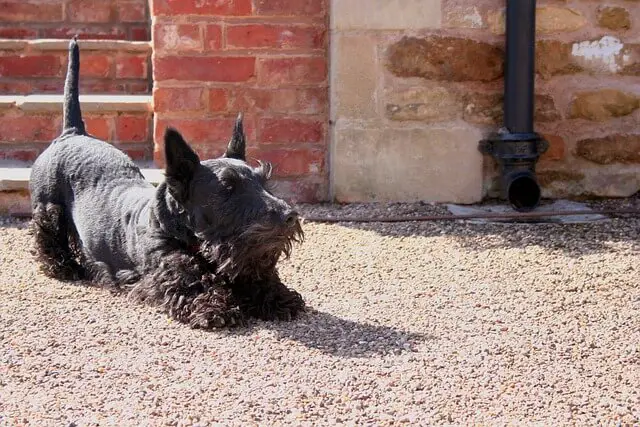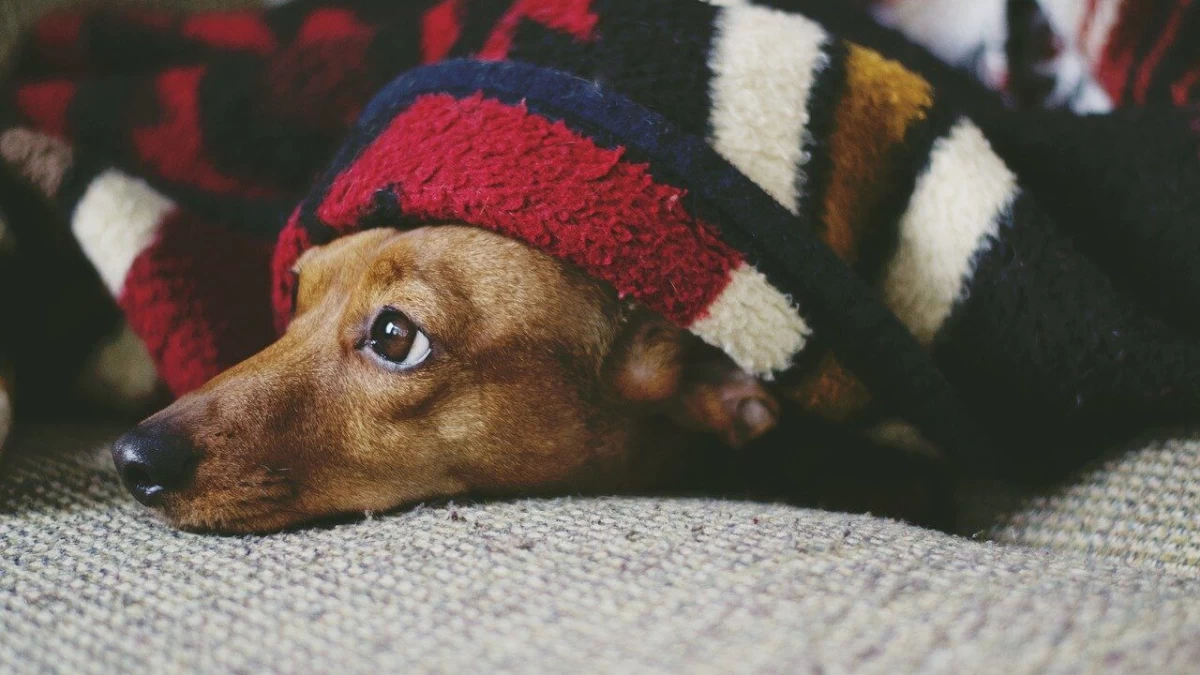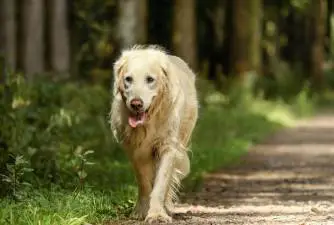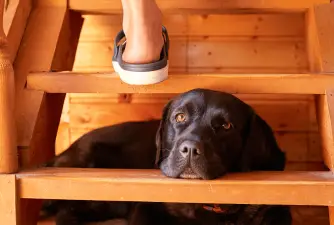IVDD in Dogs - Treatment, Causes & Symptoms
02.11.2021.
Like humans, senior dogs are prone to specific health issues. One of the issues both species can have is intervertebral disc disease. Vets and dog owners usually abbreviate the name of the disease and simply call it IVDD in dogs. If you have a senior dog at home and are worried about their health, you might want to what the symptoms of IVDD are. The next things you’ll want to know are what causes it and is it treatable. Here’s what you should know about IVDD in dogs.
What is IVDD in dogs?
IVDD is a disease that affects the dog’s spinal cord. It can be described as a ruptured, slipped, bulging, or herniated disk. If your dog develops it, it will cause all sorts of mobility issues. One of the worst things about this disease is - it’s painful. Before we go into details about IVDD in dogs, we need to understand the spinal cord’s role.
The role of the spinal cord in dogs
A dog’s spine is incredibly complex. Not only does it support the movement of their whole body, but it also protects the spinal cord. The spinal cord is one of the most important and delicate organs in the body. It is in charge of transferring nerve signals from the brain to the rest of the dog’s body. If the nerves in the spinal cord get damaged, they will not regenerate. They will get replaced by scar tissue and usually result in irreversible damage.

The spinal cord runs through a sort of a tube inside the vertebrae. It is protected from all sides except from the places where two vertebrae connect. To soften the movements, vertebrae have a disc between them. IVDD in dogs happens when that disc deteriorates and presses on the spinal cord.
Types of IVDD in dogs
Like many other diseases, intervertebral disc disease comes in two types. They’re called Type I and Type II. They will affect similar places in the dog’s spine, but they will occur differently. Here is the most important information about both types;
Type I IVDD in dogs
Type I IVDD is characterized as “herniation” or “extrusion” of the inner contents of the intervertebral disc. The easiest way to describe the intervertebral disc is like a jelly donut. A healthy disc is soft and squishy. However, in this type of IVDD in dogs, the “jelly” part of the donut gets hard. Eventually, it will rupture and press the spinal cord. That will cause immense pain to the poor dog.
Type II IVDD in dogs
Type II IVDD is similar to the human bulging disc. Unlike in Type one, the outer part of the “donut” protrudes. The small tear can end up in the spinal cord canal and press it. This type of disease is associated with dogs that have disproportionally short limbs.

What are IVDD symptoms?
If you’ve noticed something weird going on with your dog and you’re worried about their health, it is a good idea to learn what symptoms point to IVDD in dogs. The sooner you notice them, the sooner you can take your dog to the vet and try to get the problem fixed. The good part of the bad news is that it is nearly impossible to miss IVDD symptoms. This disease will affect the dog so much it might be impossible for them to move. The most common IVDD symptoms in dogs are;
- Unwillingness to move
- Difficulty jumping
- Problems moving up and down the stairs
- Yelping
- Abnormal body position (hunched back)
- Limb weakness
- Paralysis
- Incontinence
- Panting
- Shivering
- “Drunken” walk
What breeds are prone to IVDD?
Unfortunately, all dog breeds can get affected by IVDD. In fact, all mammals can get it. However, some dogs are more prone to it than others. Dogs with long backs and short legs are prone to herniate. These are the breeds often diagnosed with IVDD;
- Basset Hound
- Dachshund
- Shih Tzu
- Sealyham Terrier
- Scottish Terrier
This type of body structure is called chondrodystrophy. That makes these dogs prone to IVDD as early as 2 years, especially the Type I IVDD.

What causes IVDD?
IVDD is age-related. As dogs grow older, their intervertebral discs start to deteriorate. They aren’t as squishy and effective as they used to be. Over time, the disc will deteriorate and cause IVDD. The biggest issue is that this disease often goes unnoticed until something seemingly minor, like jumping on the bed, causes the weakened disc to rupture, and the dog starts exhibiting one or more symptoms.
IVDD treatment
There are two ways vets usually approach IVDD treatment in dogs. The best course of treatment will be determined by the severity of the disease. Milder forms of IVDD can take the IVDD management or non-surgical approach. Severe cases will most likely require surgery. Here are a few more details about the two treatment options;
IVDD management
IVDD management is usually advised to dogs that have a milder version of the disease. The vet will determine the severity after running a few tests. This form of treatment will require strict bed-rest, anti-inflammatory drugs, restoring the dog’s use of limbs and bladder control, and, if necessary, dietary changes (reduced body weight will reduce the pressure on the disc).

Surgical approach
Surgery is usually reserved for dogs that have the most severe case of IVDD. The dog that cannot walk or has constant back pain will have no option other than to undergo surgery. The surgeon will remove the deteriorated disc material and reduce the pressure on the spinal cord. After surgery, the dog will have to be on strict bed rest for 4 - 6 weeks. That is the only way to prevent further injuries.
What is the prognosis for dogs with IVDD?
This is a challenging thing to answer correctly. The prognosis will vary on the severity of the disease, how quickly symptoms occurred, and the location of the spinal cord pressure. The good news is that surgical treatment is usually successful for dogs that still haven’t lost the feeling in their legs. Dogs that are paralyzed and lost sensation in their legs don’t have the best prognosis. They might stay paralyzed.
IVDD management has different results. Some patients fully recover and can walk and live normal lives. However, that is usually just for dogs with little to no neurological symptoms.
World Dog Finder team







Share